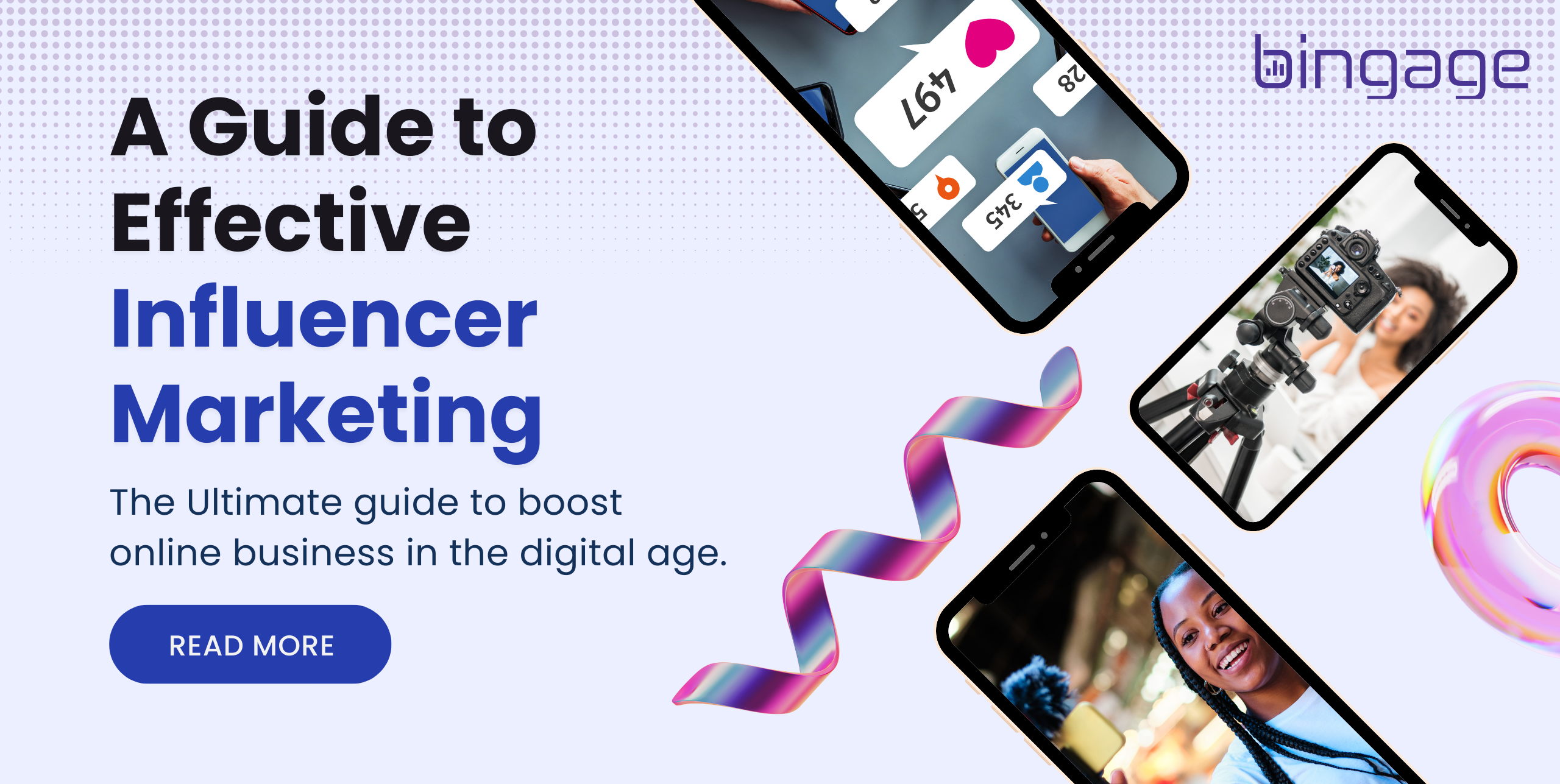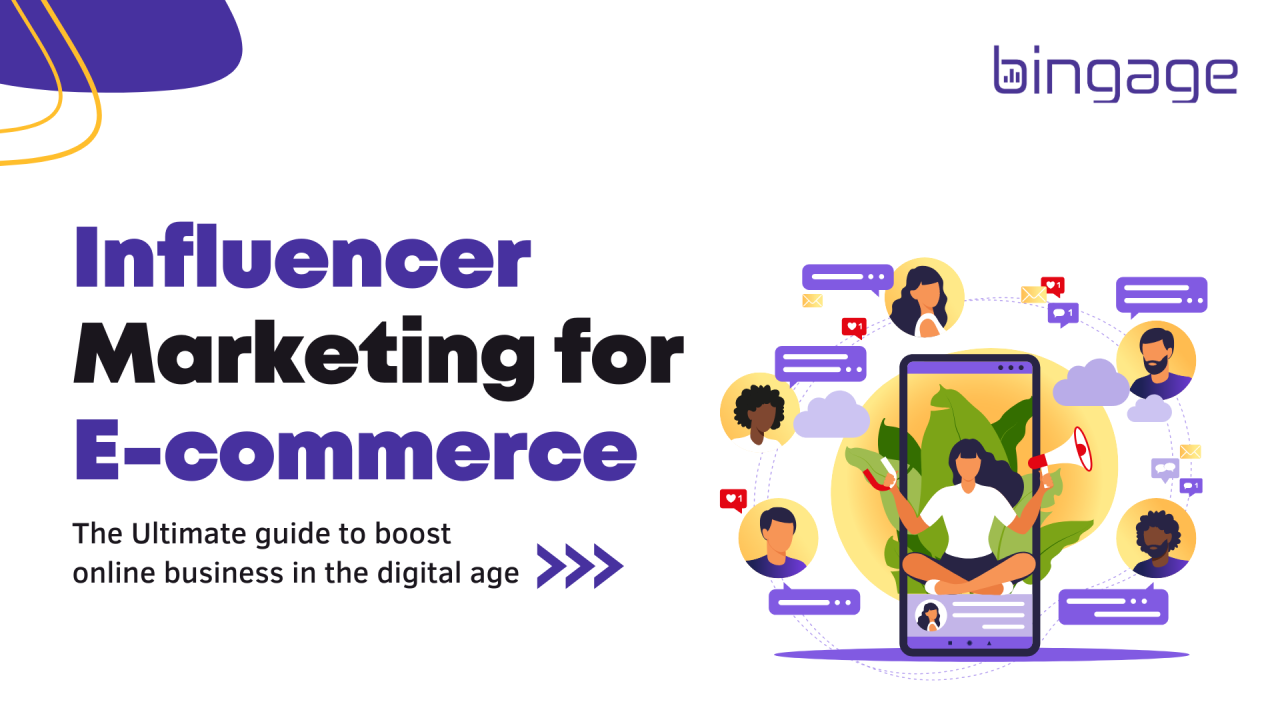The Power of Influencer Marketing in E-Commerce: Unlocking Success in the Digital Age
In the ever-evolving world of e-commerce, businesses are constantly searching for innovative ways to connect with consumers and drive sales. One of the most effective strategies that has emerged in recent years is influencer marketing. This powerful marketing technique leverages the trust and authority influencers have over their followers to promote products and services, making it an invaluable tool for online retailers.
In this article, we will dive deep into the importance of influencer marketing in e-commerce, how it works, its key benefits, and how businesses can implement successful campaigns to skyrocket their sales and brand awareness.
What is Influencer Marketing in E-Commerce?
Influencer marketing refers to the practice of collaborating with individuals who have a significant following on social media platforms or blogs to promote products, services, or brands. These influencers are often considered experts or trusted figures in their respective niches, and their recommendations carry weight with their audiences. The goal of influencer marketing is to leverage the trust that influencers have cultivated over time to promote a brand’s offerings to a wider audience.
For e-commerce businesses, influencer marketing can be an incredibly effective way to reach new customers, boost sales, and improve brand visibility. With influencers showcasing products to their followers, it becomes easier for brands to generate trust and credibility, ultimately driving consumer action.
The Benefits of Influencer Marketing for E-Commerce
1. Increased Brand Visibility
One of the most significant advantages of influencer marketing is its ability to expand your brand’s reach. By partnering with influencers who have large and engaged audiences, e-commerce businesses can increase their visibility across social media platforms like Instagram, TikTok, YouTube, and Facebook. The influencer’s endorsement can expose your brand to a new audience that may not have been aware of your products otherwise.
“Influencer marketing has the power to introduce your brand to a wider and more targeted audience, leading to increased brand awareness and engagement.”
2. Improved Customer Trust and Authenticity
Consumers today are becoming more skeptical of traditional advertising. Many people are increasingly using ad-blockers, ignoring pop-up ads, and bypassing commercials. In contrast, influencer marketing feels more authentic because it’s based on a trusted relationship between the influencer and their followers. When an influencer endorses a product, their audience often perceives it as a genuine recommendation, rather than a sales pitch.
This credibility and trustworthiness can significantly improve conversion rates, as consumers are more likely to purchase from brands recommended by influencers they trust.
3. Boosted Engagement Rates
Influencer marketing tends to generate higher engagement rates than traditional advertising. Influencers regularly interact with their followers through comments, likes, shares, and stories. This level of engagement creates an organic conversation around the brand, encouraging more interactions from potential customers.
“When influencers engage their audience through relatable content, it fosters an environment where followers are more likely to take action and interact with your brand.”
4. Targeted Marketing
One of the key strengths of influencer marketing is its ability to provide targeted exposure. E-commerce brands can collaborate with influencers who cater to specific niches, ensuring that their products are reaching the right audience. For example, a beauty brand can partner with a beauty influencer, while a fitness company might work with a fitness-focused influencer. This targeted approach allows brands to tailor their messaging to the appropriate demographic, improving the relevance of their campaigns.
5. Cost-Effective Advertising
Compared to traditional forms of advertising, influencer marketing can be more cost-effective. While top-tier influencers may command high fees, micro-influencers (those with smaller followings) can offer businesses a more affordable option while still delivering impressive results. The ability to reach a highly engaged and loyal audience without the need for large-scale campaigns makes influencer marketing a great choice for businesses of all sizes.

How Influencer Marketing Works in E-Commerce
Influencer marketing in e-commerce follows a few key steps:
1. Identify the Right Influencers
The first step in any influencer marketing campaign is identifying influencers who align with your brand values, products, and target audience. There are two main types of influencers to consider:
- Macro-Influencers: These influencers have large followings (usually over 100k) and are often celebrities or well-known personalities.
- Micro-Influencers: These influencers have smaller, more niche followings but tend to have higher engagement rates. They are often seen as more relatable and authentic.
2. Set Clear Objectives
Before launching an influencer marketing campaign, it’s essential to define clear objectives. Are you looking to increase brand awareness, boost sales, or improve customer loyalty? Setting specific goals will help you measure the success of the campaign and determine which type of influencers will be most effective in achieving those goals.
3. Develop Engaging Content
Successful influencer campaigns rely on compelling content that resonates with the influencer’s audience. This could include product reviews, unboxings, tutorials, or lifestyle integrations. The content should feel authentic and align with the influencer’s usual style while subtly promoting the brand.
4. Track and Measure Results
To ensure your campaign is successful, it’s important to track and measure key performance metrics, such as engagement rate, click-through rate (CTR), and conversion rate. Monitoring these metrics will allow you to adjust your strategy as needed and ensure you’re getting the best possible return on investment (ROI).
Types of Influencer Marketing Campaigns
There are several types of influencer marketing campaigns that e-commerce brands can use to achieve different goals:
1. Sponsored Posts
A sponsored post is when an influencer creates content featuring a brand’s product in exchange for payment. This type of campaign works well for promoting new products or special offers.
2. Product Reviews and Unboxing
Product reviews and unboxing videos are great for generating trust and providing social proof. Influencers showcase the product in detail, often sharing their honest opinions and experiences, which can encourage their followers to make a purchase.
3. Affiliate Marketing
In affiliate marketing, influencers promote a brand’s products and receive a commission for every sale generated through their unique affiliate link. This performance-based model incentivizes influencers to push the product, as they earn money with each conversion.
4. Giveaways and Contests
Giveaways and contests encourage user engagement and can significantly boost brand visibility. Influencers can host giveaways where followers must engage with the brand by liking, sharing, or commenting on the post to win a prize.
“Giveaways are not only fun but also a great way to build excitement around your brand and generate a surge of new followers.”
5. Brand Ambassadors
A brand ambassador is an influencer who has a long-term partnership with a brand and promotes its products consistently over time. This relationship helps build ongoing trust and loyalty with the audience.
Best Practices for Influencer Marketing in E-Commerce
To ensure your influencer marketing campaigns are effective, consider the following best practices:
1. Choose Authentic Influencers
It’s important to partner with influencers who genuinely believe in your product. Audiences can easily spot insincere promotions, which can hurt your brand’s reputation. Look for influencers whose values align with your own.
2. Provide Clear Guidelines
While influencers should have the freedom to create content that resonates with their followers, it’s essential to provide clear guidelines on how you want the brand to be represented. This includes messaging, hashtags, and any specific product details.
3. Monitor Campaign Performance
Keep a close eye on how your influencer marketing campaign is performing. Track metrics such as engagement, website traffic, and sales to ensure you’re getting a positive return on your investment.
4. Foster Long-Term Relationships
Building long-term relationships with influencers can create a more authentic and trustworthy brand image. Instead of one-off collaborations, consider developing ongoing partnerships that benefit both parties.

FAQs About Influencer Marketing in E-Commerce
Q1: How do I choose the right influencer for my brand?
A1: Look for influencers who align with your brand’s values and whose audience matches your target demographic. Consider factors such as engagement rate, content quality, and the influencer’s niche before making a decision.
Q2: How much should I pay an influencer?
A2: Payment varies depending on the influencer’s following, engagement rate, and the type of campaign. Micro-influencers typically charge less than macro-influencers. It’s important to negotiate based on your budget and goals.
Q3: Can influencer marketing work for small businesses?
- A3
- Absolutely! Influencer marketing is highly scalable, and even small businesses can leverage micro-influencers to achieve significant results without breaking the bank.
Q4: What metrics should I track to measure influencer marketing success?
A4: Key metrics include engagement rate, click-through rate (CTR), conversion rate, and sales generated. These will give you a clear picture of how well the campaign is performing.
Influencer marketing is no longer a passing trend – it’s a fundamental component of successful e-commerce strategies. By collaborating with the right influencers, creating engaging content, and tracking your campaign’s performance, your brand can thrive in the digital marketplace.


